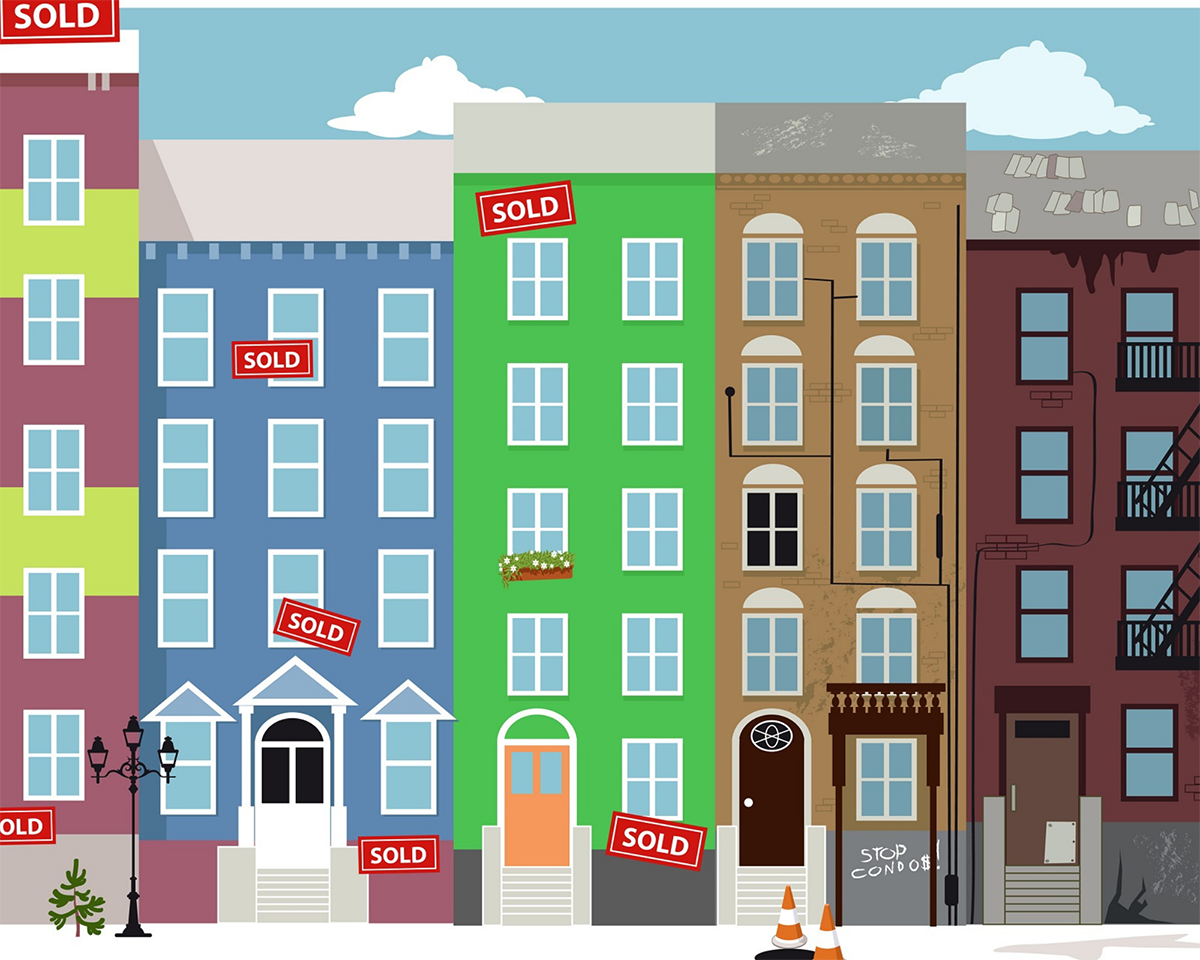
Though the phenomenon of gentrification itself has been studied in great detail, little work has been done to truly understand how gentrification affects local labor markets. In particular, the emergence of new industries, changes in job quality, and shifts in worker commuting patterns are topics that remain largely unexplored.
Focused on the city of Philadelphia, this brief first develops a quantitative method for identifying neighborhoods that have experienced gentrification during the decade beginning in 2010. Once established, these areas are further analyzed to show changes in industry composition and job characteristics. Download the full brief here.
From this work, three key findings emerged:
- Gentrifying neighborhoods are concentrated to the north and south of Center City Philadelphia. Though pockets of gentrification were found throughout the city, the largest affected areas were in closer proximity to Center City and the central business district.
- Shifting demographic characteristics show that these neighborhoods are popular destinations for new Philadelphia residents. At the same time, the number of Black and African American residents fell while the number of younger residents increased, all signs of potential displacement.
- Gentrifying areas of the city are engines of economic growth, generating new high-quality employment opportunities at higher rates than the city overall. This may offer an avenue for workforce development programming to train and upskill existing residents.
